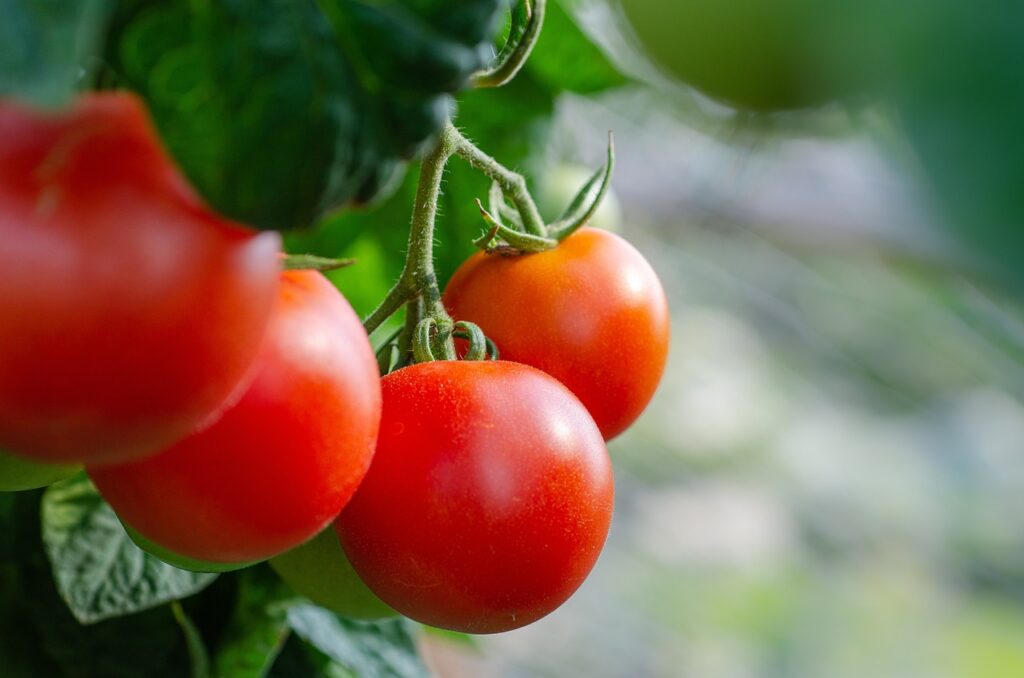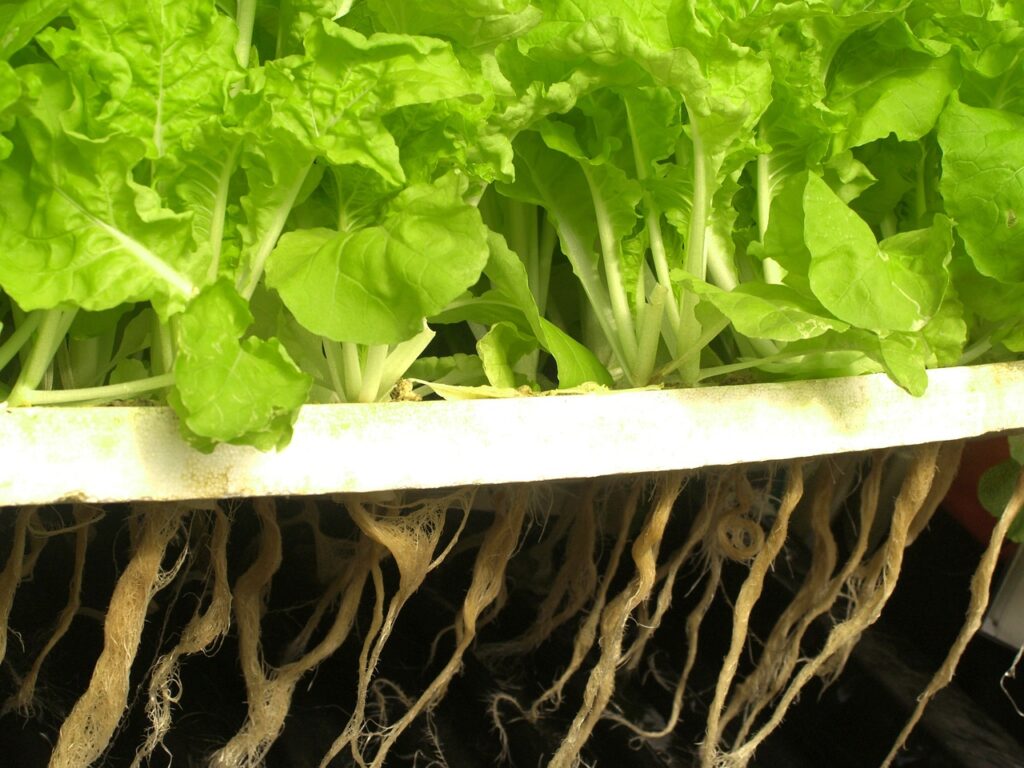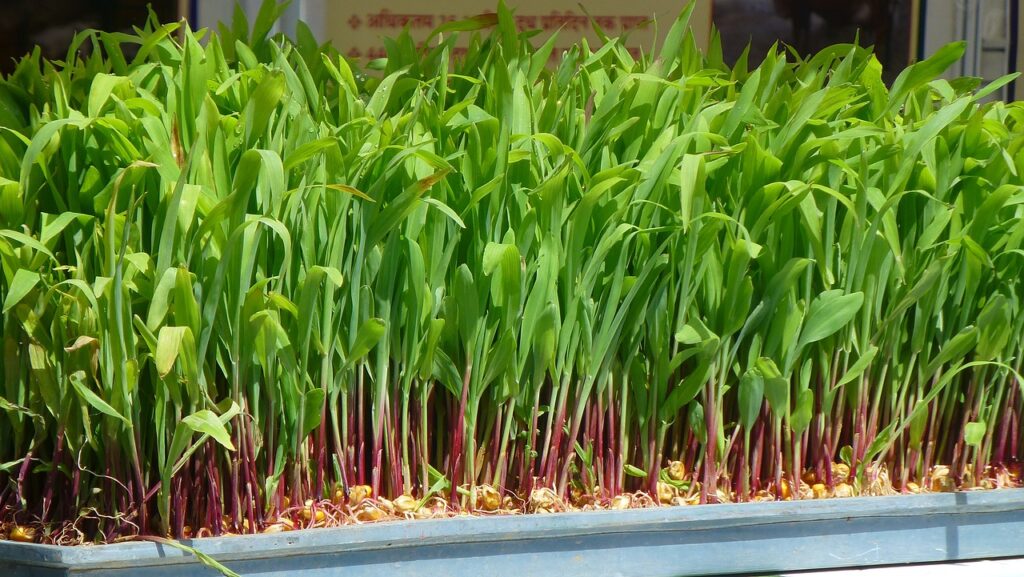
Can I make my own hydroponic system?
One of the main reason for hydroponics popularity is its ease of building. You can either buy system kits suitable for your need or can easily customized with basic equipment to fulfil your demand. Various fruits, vegetables and herbs can easily be grown in your home or restaurant to achieve freshest possible taste. PVC, DWC are among the easiest to build and maintain.
Deep Water Culture
DWC is one of the most oldest system available in markets. In a DWC the roots are constantly suspended in a nutrient solution. If you are looking for a system for beginners this is the simplest one out there. It has few parts such as an air pump or air stone to oxygenate the solution. Monitoring the air pump is crucial, as any failure could cause the roots to drown from lack of oxygen.
Secure plants with net pots on a raft that holds the containers and submerge their roots directly into a reservoir with a nutrient solution. Provide air to the plant roots by installing a diffuser in the reservoir attached to an air pump. Having an air pump will allow you to grow more plants successfully with a single reservoir tank.
Material needed:
- grow tank
- air pump
- net pots
- growing medium

Top feed Dwc involves the use of bubble pump within the water reservoir which is further attached to small tubes. The nutrient rich water is directly provided to roots suspended in net pots.
Advantages
- Avoids installation of individual air stones
- Bigger yields
- Free from pests
- Low maintenance
- Better established plants
- Cost effective
- Aeration of the roots.
Disadvantages
- Air pump failure for Top feed Dwc
- Constant maintenance of water temp
- PH and nutrients level regulation
- Breeding ground for pathogens
- Not suitable for vertical gardens
- Not for plants that have longer growing time
EBB & Flow
Flood and drain hydroponics is another common name for EBB & Flow. In this system, water is flooded into the tank already containing the plants. The nutrient rich water is stored in a reservoir separate from the tank holding the plants. At predetermined time intervals water is left into the main tank were roots take up all nutrients needed and the rest is drained back into the reservoir. Keeping in mind an air pump must be provided in the reservoir tank to provide necessary oxygen.

The water flow cycle depends on the type of plants, air temperature, its growth cycle, and more. This cycle is repeated on a regularly
This type of hydroponics is very similar to aeroponics, except that the roots are entirely submerged for a while whereas in an aeroponic system they just get sprayed with a water and nutrient solution.
Material Needed
- Reservoir tank
- Grow tank
- Reversible water pump
- Timer
- Air pump
Advantages
- Plants are given a chance to breathe before the next cycle
- Low maintenance just as any other method
- Can grow larger plants such as root vegetables
- Provides excellent aeration
Disadvantages
- Can lead to salt buildup
- Unstable PH level
- Root can dry out if environmental conditions aren’t favorable
The key point here is managing the irrigation cycles. Usually most of the plants require 5-10 mins water cycle every 2-3 ours. Number of cycles per day mostly depends on the number of light hours.
